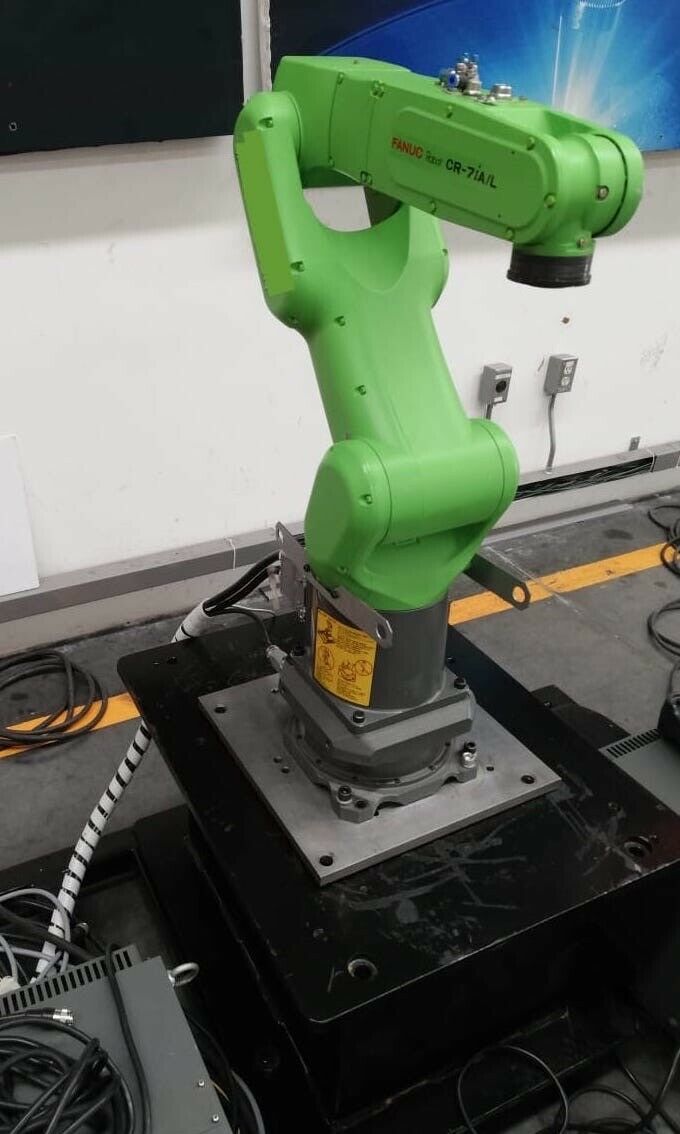Automation involves using control devices and machinery to automatically perform production related tasks. Fixed machines, CNC machines, and industrial robots have been the main sources of automation for manufacturers. However, in recent years more manufacturers have been implementing collaborative robots for their automation needs.
Cobot automation has been one of the biggest robotic trends in 2020. While cobot automation differs from robotic automation in that it does not entirely eliminate human interaction, it can still optimize manufacturing processes. Collaborative robots are particularly beneficial for companies with low production volumes with a high mix of products.
Cobot automation allows for humans and collaborative robots to be able to safely work together on tasks. This is made possible through the highly sensitive design of cobots which allows for the elimination of barriers. Cobots are equipped with various force sensors throughout their robot body. These sensors can detect abnormal force and either slow down the cobot or stop its movement completely, preventing collisions with workers. This makes it possible for the Universal UR10 to work collaboratively with humans.
Implementation
Getting started with cobot automation is relatively easy and faster than some other types of automation. Many cobots feature out of the box setup which means they are ready to work immediately and can be installed by anyone within a few hours. Implementing collaborative robots does not require an outside technician or engineer like more complex robotic systems may. This is why cobot automation is often recommended for those who are new to industrial automation.In addition to easy installation, cobots offer simplified programming. Many collaborative robots can be programmed through hand guidance. Users can teach cobots applications by manually moving their robotic manipulator arm through each position of a given task. Cobots are then able to remember and repeat these movements automatically. Hand guidance programming is a great tool for when adjustments need to be made for manufacturing as they can quickly be reprogrammed. Implementing the FANUC Cr7ia will automate your operations immediately with its easy setup.
Cobot automation can be deployed for relieving workers of repetitive tasks or for directly assisting workers with manufacturing. Collaborative robots can automate many different types of applications. The most common ones for cobot automation include automated material handling, assembly, and packaging. Manufacturers in the automotive, medical, and electronic industries all use cobot automation through implementing cobots like the Universal UR5.
Advantages of Cobot Automation
One of the main reasons for the popularity of cobot automation is it enhances productivity. The combination of collaborative robots and humans working together can significantly boost productivity. Having cobots take over repetitive tasks frees workers to focus on more critical aspects of manufacturing instead of being burdened by busy work. When cobots are used to assist workers, it provides workers with another “hand” speeding up tasks.Another advantage of cobot automation is that it is an cost effective automation system. With cobot automation just the cobot and end-effector are needed. There is no need for additional safety equipment or a robotic workcell. Since cobots can be setup easily, money is also saved by eliminating expensive robotic installation services.
Lastly, cobot automation is extremely flexible. Cobots can automate a number of different applications. Their simple programming allows them to quickly adapt to changes. Cobot automation also allows for applications to be completed by just the cobot itself or as a collaborative effort with humans.
